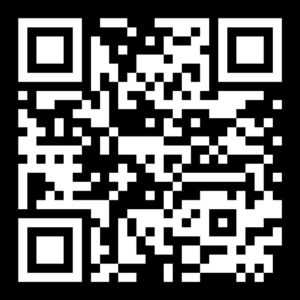Volcanic Eruptions
A volcanic eruption is the violent release of magma, ash, gas, and debris from within the Earth. While the U.S. has relatively few active volcanoes, they pose significant threats to life, air travel, water sources, agriculture, and infrastructure when they erupt. Most U.S. volcanic risk lies in the Pacific Northwest, Hawaii, Alaska, and parts of the Western Interior.
Hazards from eruptions include:
- Lava flows
- Ashfall and air contamination
- Lahars (mudflows of volcanic debris)
- Explosions or pyroclastic flows
- Tsunamis if underwater eruptions occur
U.S. Volcanic Hotspots
- Mount Rainier & Mount St. Helens (WA)
- Mount Hood & Three Sisters (OR)
- Kilauea & Mauna Loa (HI)
- Redoubt & Katmai (AK)
- Yellowstone Caldera (WY) – monitored for potential super-eruption activity
Preparedness Tips
If you live near a volcano
- Monitor activity via USGS Volcano Hazards Program
- Have an N95 mask or better to protect from fine ash inhalation
- Store plastic sheeting, goggles, and duct tape to seal windows and vents
- Build a volcano-specific go-bag:
- Respiratory protection
- Flashlight and headlamps
- Sealed food and water (ash can contaminate supplies)
- Eye protection and long-sleeved clothing
During an Eruption
If indoors:
- Close all windows, doors, and vents
- Seal gaps with damp towels or plastic wrap
- Turn off air conditioners or HVAC systems
- Shelter in place unless instructed to evacuate
If outdoors:
- Cover mouth and nose with a wet cloth or respirator
- Wear goggles or glasses (avoid contacts)
- Avoid driving—ash clogs engines and reduces visibility
- Watch for falling rocks or roof collapses from ash buildup
Lahar risk areas:
- If near valleys, rivers, or glacial paths below a volcano, evacuate immediately
- Lahars can travel 40+ mph and arrive without warning
After the Eruption
- Remove ash using wet methods (sweeping can raise inhalation risk)
- Wear protection while cleaning
- Do not flush ash down drains—it clogs water systems
- Boil or treat water until declared safe
- Check for roof or structure damage from ash weight
Key Resources
- USGS Volcano Hazards Program
volcanoes.usgs.gov - Alaska Volcano Observatory (AVO)
avo.alaska.edu - Ready.gov – Volcanoes
ready.gov/volcanoes
Recommended Apps
- MyRadar – Shows ash clouds, satellite data, and wind paths
myradar.com
- USGS Volcano Notification Service (VNS) – Free email and text alerts for volcano activity
volcanoes.usgs.gov/vns2
- Volcanoes & Earthquakes App – Real-time global eruption alerts
volcanodiscovery.com
